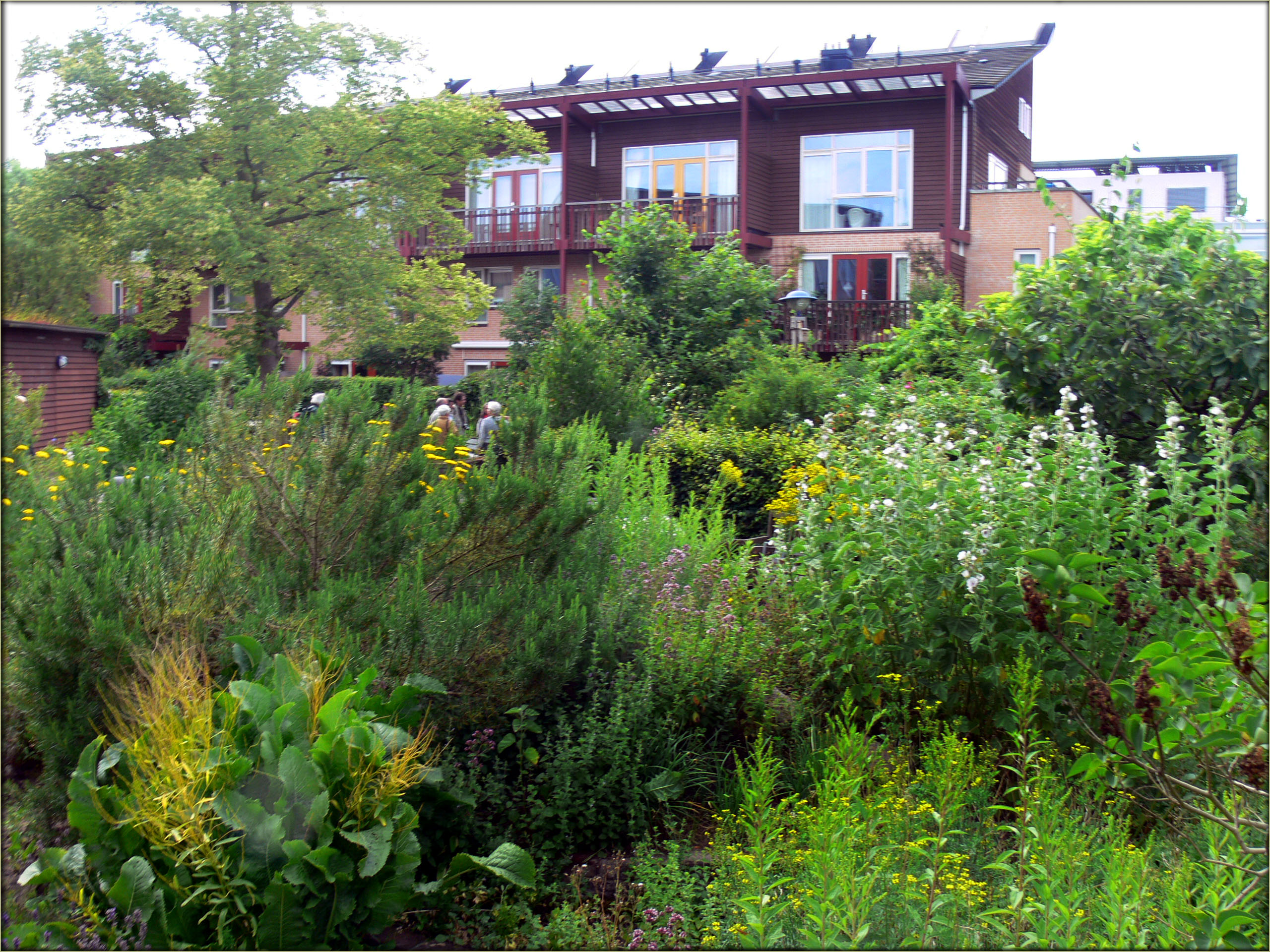I had a garden dream: an overflowing mass of flowering abundance, red and orange and yellow at one end of the front garden; blue and purple and white at the other.
But as the saying goes, the only place where success comes before work is the dictionary. At the end of autumn (i.e. May) I summoned my energies, such as they were, and built two garden beds in the front garden.
The results, it must be said, are not entirely what I had hoped for. For one thing, a heavy layer of cardboard and a few inches of garden mix were not enough to put off the weeds, which have grown back in profusion: creeping buttercup, convolvulus, dock…
But some plants did manage to make their presence felt despite the weeds. I therefore present you with the ten best blooms from late winter to early summer.
In the early days of expanses of bare soil relieved mostly by weeds it was a comfort to have the freesias (a thoughtful gift) spring up and give the impression this was actually a garden.


